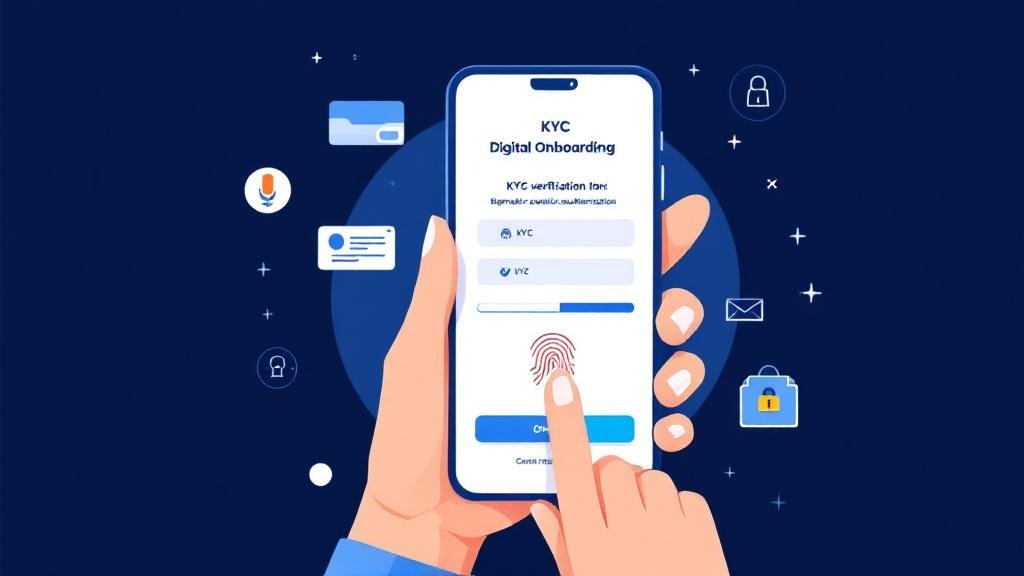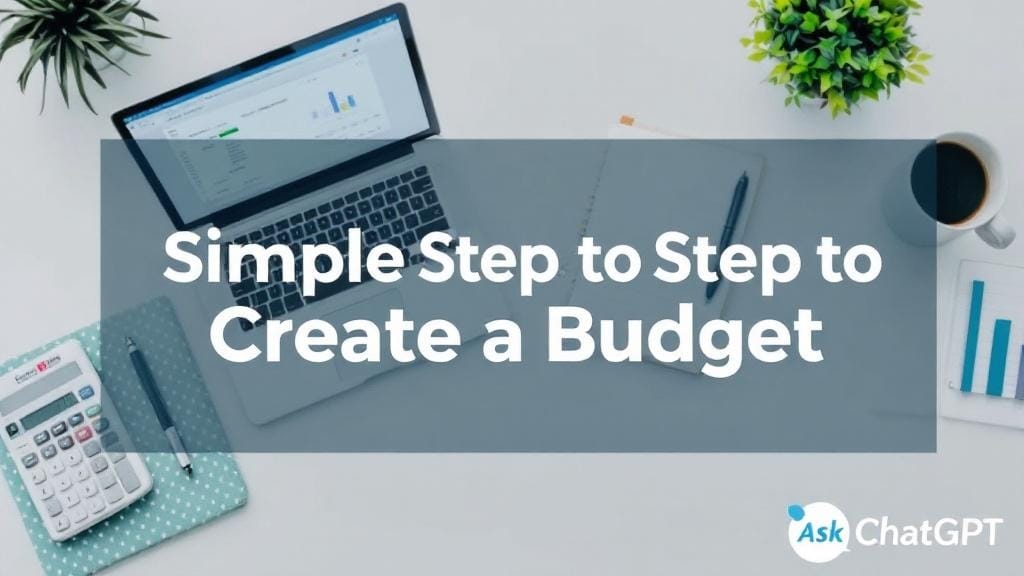As digital payments continue to rise in popularity, digital wallet onboarding has become a crucial first step for ensuring a smooth and secure experience for users. Whether you’re launching a new mobile wallet app or trying to improve your onboarding process, understanding the best practices can mean the difference between user retention and churn.
This guide will walk you through proven strategies, real-life examples, and actionable insights to make onboarding for wallet apps seamless, secure, and user-friendly.
🔑 Why Digital Wallet Onboarding Matters
First impressions count—especially in fintech. The digital wallet user onboarding process sets the tone for how users perceive your brand. A confusing or lengthy wallet app registration process can lead users to abandon the app entirely.
In contrast, a seamless wallet user onboarding experience builds trust, improves activation rates, and drives long-term engagement.
Key Benefits of Optimized Onboarding:
Faster user activation
Higher conversion and retention rates
Enhanced user trust and compliance
Lower support requests and friction points
🛠️ Step-by-Step Guide to Digital Wallet Onboarding
Let’s break down the mobile wallet signup flow from a best-practice perspective.
### H2: 1. Simplify the Wallet App Registration Process
The very first screen matters. Your mobile wallet account setup should prioritize ease, clarity, and speed.
Best Practices:
Use mobile-first onboarding design
Request only essential information (e.g., name, phone, email)
Offer social or phone-based signup (one-tap solutions)
Add progress indicators so users know where they are
Example: Google Pay allows users to sign up using just their mobile number and an OTP. It’s fast, secure, and minimizes friction.
### H2: 2. Ensure Smooth eKYC and Digital Identity Verification
Most jurisdictions require eKYC verification and compliance with AML checks. However, the process shouldn’t overwhelm users.
How to Streamline the Digital Wallet KYC Process:
Offer document scanning with OCR
Enable biometric authentication for added security
Pre-fill data wherever possible
Use trusted third-party verification services
Be transparent about why data is collected
Real-World Tip: Let users pause and return to complete KYC later. Revolut and Paytm both allow deferred KYC, reducing drop-offs.
### H2: 3. Optimize User Flow for Mobile Experience
In a world dominated by smartphones, your user experience in fintech apps must be intuitive.
Key Areas of User Flow Optimization:
Minimal taps to completion
One screen, one action
Large buttons and readable text
Instant error feedback
Pro Tip: Use A/B testing to refine flows. Small tweaks in the fintech app registration process (like reordering fields or changing CTA colors) can boost conversion by over 20%.
### H2: 4. Add Multi-Factor Authentication (MFA)
Mobile payment authentication adds a layer of security that builds user confidence.
Recommended Methods:
SMS or email OTPs
Device-based authentication (fingerprint/face unlock)
Biometric authentication for quicker, secure logins
Always let users choose their preferred method. It balances security and convenience.
### H2: 5. Provide Clear Guidance and Feedback
Your customer onboarding in digital wallets should never leave users wondering what to do next.
What to Include:
In-app tooltips and guidance
Microcopy that explains the “why” (e.g., “We need this for your protection.”)
Visual cues for completed steps
Real-time status updates during digital identity verification
UX Example: PayPal uses progress bars and short messages like “Verifying your info… hang tight!” to reduce anxiety.
### H2: 6. Educate Users After Signup
Onboarding doesn’t end at registration. Post-signup education helps users get value immediately.
Ideas for Post-Onboarding Flow:
Quick video tutorials or walkthroughs
Tips on how to send/receive money
Prompts to complete profile or set payment methods
Tooltips introducing features (rewards, transaction history, etc.)
Insight: A wallet app with integrated educational nudges sees a 30-40% higher retention rate after 7 days.
### H2: 7. Maintain Compliance Without Killing UX
Balancing user experience with compliance and AML checks can be tricky.
How to Stay Compliant and User-Centric:
Automate checks in the background
Batch verifications (instead of one-by-one uploads)
Display legal terms in bite-sized chunks, not long legalese
Maintain a secure environment with end-to-end encryption
✅ Trust-building tip: Add a “Your info is secure” badge and link to your privacy policy during onboarding.
📋 Checklist: Digital Wallet Onboarding Best Practices
Here’s a quick summary for product teams and growth marketers.
| Area | Best Practice |
|---|---|
| Signup | Mobile-first design, short form |
| KYC | Auto-verification, biometric auth |
| Flow | Fewer screens, intuitive steps |
| UX | Progress bars, friendly microcopy |
| Security | Multi-factor authentication |
| Education | Post-onboarding guides |
| Compliance | Seamless, background checks |
📈 Case Study: Simplifying Onboarding Boosted Activation by 45%
A popular Indian digital payment app noticed that over 60% of users dropped off before completing KYC. They:
Reduced onboarding steps from 8 to 4
Integrated digital identity verification using Aadhaar-based eKYC
Added biometric authentication for login
Replaced text-heavy screens with short videos
Results:
45% increase in activations
70% KYC completion within 2 days
30% drop in customer support queries
❓FAQs About Digital Wallet Onboarding
1. What is digital wallet onboarding?
Digital wallet onboarding refers to the process a user goes through to register, verify their identity, and start using a mobile wallet or digital payment app. It includes signup, KYC, authentication, and feature introduction.
2. How does eKYC work in wallet apps?
eKYC (Electronic Know Your Customer) allows users to verify their identity online using government-issued IDs, biometrics, or OTP-based verification. It speeds up the wallet onboarding process while complying with regulatory requirements.
3. What is the best way to simplify mobile wallet account setup?
Keep the wallet app registration process short—use phone numbers for one-tap signup, reduce form fields, and show progress. Minimize friction wherever possible.
4. Why is biometric authentication used in digital wallets?
Biometric authentication like fingerprint or face unlock offers faster and more secure access to wallet apps. It enhances mobile payment authentication and protects against fraud.
5. How do wallet apps ensure compliance during onboarding?
They perform compliance and AML checks using automated tools that verify documents, screen user behavior, and report suspicious activities—often without user interruption.
6. What are some real examples of seamless onboarding in fintech apps?
Apps like PhonePe, Google Pay, and Cash App offer mobile-first onboarding, quick eKYC, and user-centric flows that make it easy to register and use features within minutes.
7. Can digital wallet onboarding affect user retention?
Absolutely. A smooth digital wallet user onboarding process builds trust and encourages users to stick around, while a poor experience can lead to early churn.
✅ Final Thoughts: Build Trust From the First Tap
Digital wallet onboarding is more than just a technical process—it’s a powerful opportunity to earn user trust, demonstrate value, and drive long-term engagement.
Whether you’re optimizing an existing wallet onboarding flow or building a new fintech app from scratch, focus on clarity, security, and simplicity. That’s what today’s digital-savvy users expect—and deserve.








Comments (0)